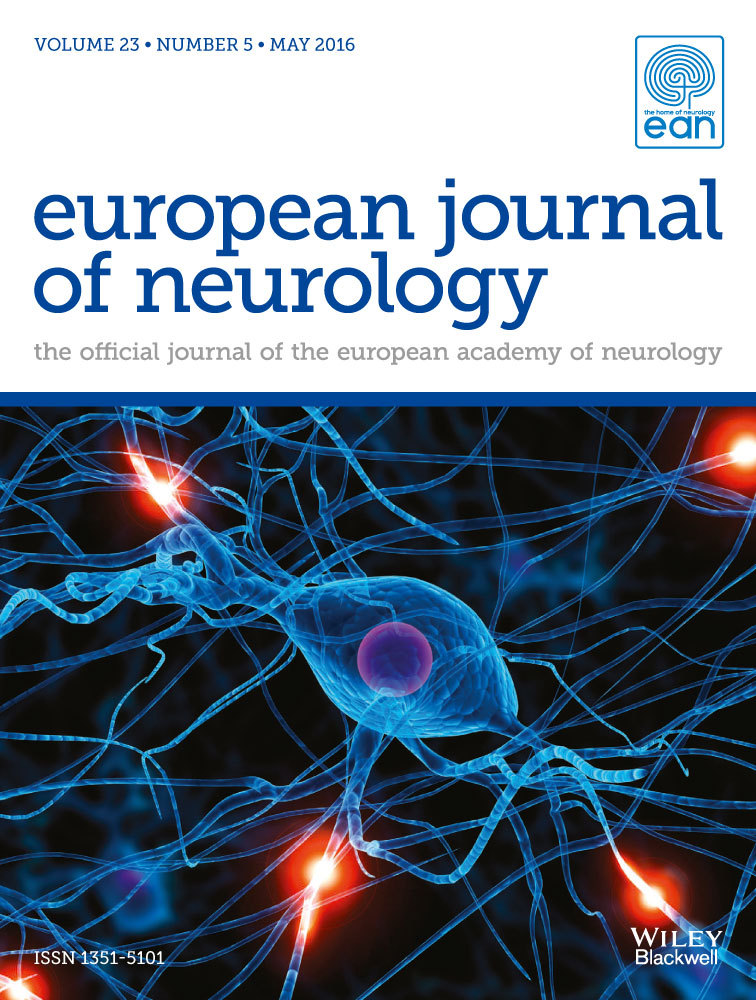NADPH oxidase 2 (NOX2) enzyme activation in patients with chronic inflammatory demyelinating polyneuropathy
Abstract
Background and purpose
Chronic inflammatory demyelinating polyneuropathy (CIDP) is an acquired immunomediated condition affecting the peripheral nervous system where probably macrophages are the primary effector cells for demyelination. Reactive oxygen species (ROS), catalyzed by the NOX family of nicotinamide adenine dinucleotide phosphate (NADPH) oxidase enzymes, can induce peroxidation and are potentially injurious to myelin. Our aim was to assess the activity of NOX2, an isoform of NOX, in a series of CIDP patients and to analyze the effect of intravenous immunoglobulin (IVIg) on NOX2.
Methods
Thirty CIDP patients treated with IVIg and 30 control subjects were enrolled. To evaluate NOX2 activity, neutrophil and monocyte oxidative burst was measured directly in fresh whole blood using the Phagoburst™ assay, a fluorescence-activated cell sorting method. The mean fluorescence intensity, emitted in response to different stimuli, leads to the production of ROS and corresponds to the percentage of oxidizing cells and their enzymatic activity.
Results
Mean fluorescence intensity values for granulocyte and monocyte burst in patients (mean 633.3, SD 191; mean 111.8, SD 28.5) were different from those measured in healthy controls (granulocytes, mean 436.6, SD 137.0, P = 0.0003; monocytes, mean 78.2, SD 17.3, P = 0.000001). Moreover, IVIg administration increased both granulocyte (P = 0.005) and monocyte (P = 0.0009) burst.
Conclusion
Our findings demonstrate that oxidative burst is significantly increased in CIDP patients and that treatment with IVIg enhances oxidative values, thus representing a possible IVIg therapeutic effect linked to a regulatory effect of ROS. Based on this, the development of treatments targeting the specific activation of NOX may be beneficial in autoimmune disorders.




